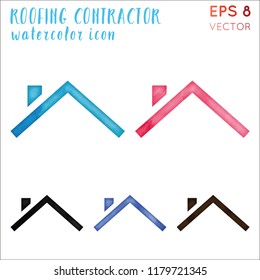Aspects To Think About For Commercial Exterior Paint By Period: Necessary Information You Ought To Have
Aspects To Think About For Commercial Exterior Paint By Period: Necessary Information You Ought To Have
Blog Article
Authored By-Regan Skafte
When you're planning a business exterior paint job, seasonal variables can make or break your outcomes. You'll intend to consider how temperature and humidity influence paint application and drying out times. Choosing the best period can guarantee your paint sticks properly and lasts much longer. However which seasons are absolutely the most effective for this kind of job? Allow's discover the crucial elements that can affect your job's success.
The Impact of Temperature on Paint Application
When you're preparing an industrial external paint job, the temperature can significantly impact how well the paint sticks and dries.
Preferably, you wish to repaint when temperature levels range between 50 ° F and 85 ° F. If it's too cool, the paint may not treat effectively, leading to issues like peeling or fracturing.
On the flip side, if it's as well hot, the paint can dry also rapidly, preventing proper bond and resulting in an irregular finish.
You ought to additionally think about the time of day; early morning or late afternoon uses cooler temperature levels, which can be much more positive.
Constantly check the supplier's referrals for the specific paint you're utilizing, as they often provide support on the perfect temperature array for optimum results.
Humidity and Its Effect on Drying Times
Temperature level isn't the only ecological variable that affects your industrial exterior paint task; moisture plays a substantial role also. High humidity levels can decrease drying times drastically, impacting the overall top quality of your paint job.
When the air is filled with wetness, the paint takes longer to treat, which can bring about concerns like poor adhesion and a higher threat of mold growth. If you're painting on an especially humid day, be prepared for extensive wait times in between coats.
It's critical to check regional climate condition and strategy as necessary. Preferably, aim for humidity levels in between 40% and 70% for optimum drying out.
Keeping these factors in mind ensures your project stays on track and provides a lasting surface.
Best Seasons for Commercial Outside Painting Projects
What's the best time of year for your commercial exterior paint jobs?
Spring and early loss are generally your best options. Throughout these periods, temperatures are moderate, and moisture levels are commonly reduced, developing suitable conditions for paint application and drying out.
Prevent summer season's intense heat, which can cause paint to completely dry too rapidly, resulting in poor attachment and coating. In a similar way, winter months's chilly temperature levels can prevent appropriate drying out and treating, risking the durability of your paint job.
Aim for days with temperatures between 50 ° F and 85 ° F for optimum results. Remember to check browse around this web-site forecast for rain, as wet conditions can wreck your project.
Preparation around these aspects ensures your painting task runs efficiently and lasts much longer.
Conclusion
Finally, preparing your industrial outside painting projects around seasonal factors to consider can make a considerable difference in the end result. By organizing job during the optimal temperature levels and humidity degrees, you'll ensure much better adhesion and drying out times. benbrook fence company in mind to keep an eye on neighborhood weather prediction and pick the right time of year-- spring and very early fall are your best choices. Taking these steps will certainly assist you attain a long lasting and professional finish that lasts.
